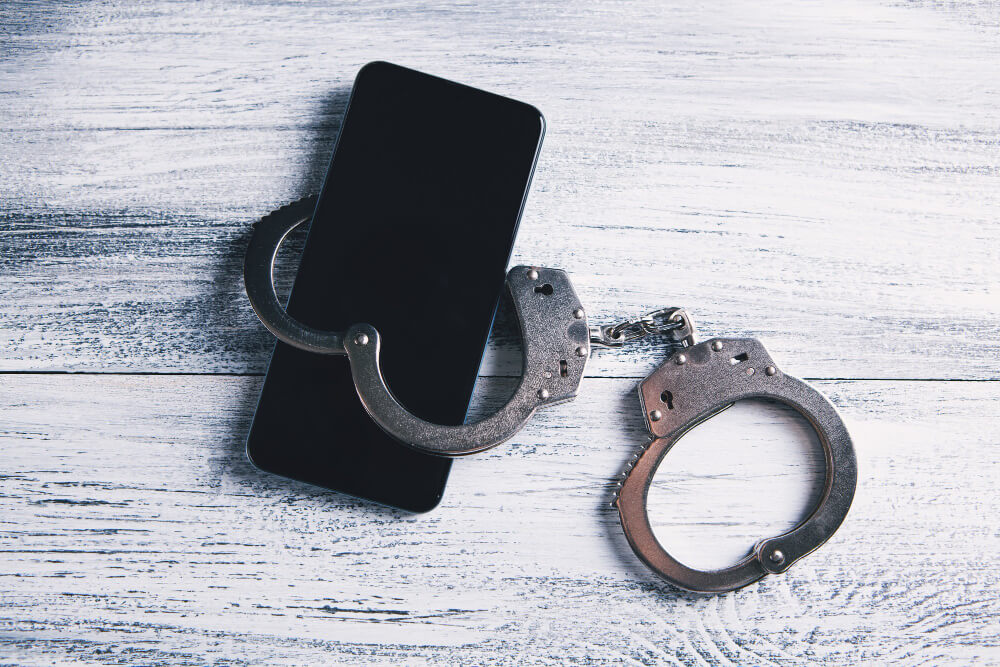On August 2, 2023, the New Jersey Supreme Court decided the Essex County case of State v. Roberson Burney. The principal issues concerned the admissibility of GPS and in-court identification testimony. Justice Pierre-Louis, my Rutgers Law classmate, wrote for the 5-2 majority in relevant part: In this appeal, the Court considers whether it was cumulative error for the trial court to admit two pieces of evidence: expert testimony that defendant Roberson Burney’s cell phone was likely near a crime scene based on a “rule of thumb” approximation for cell tower ranges in the area, and a first-time in-court identification of defendant by a witness who had previously identified another person as the perpetrator in a photo lineup.
On December 25, 2015, Rosette Martinez was at home with her daughter, Samantha, and Samantha’s friend, when she heard footsteps coming up the stairs. She testified that a man opened the door and stated, “I’m here for your dad, George,” leading her to believe he was there to fix something at the house. Martinez believed she recognized the intruder as someone who had recently done contracting work on their house. He then pulled out a “long gun,” instructed the women to lay face down, tied their hands behind their backs, and began to rifle through possessions. At some point during the robbery, the women heard the intruder’s phone ring and announce a “call from” a name. Samantha testified that she heard the intruder’s phone announce an “incoming text” message from a name she did not recognize, but the message was not read aloud. All three women testified that they heard clicking noises that indicated to them that the intruder was taking pictures with his phone.
After the intruder left, the women untied themselves and called 911 at approximately 8:15 p.m. The victims described the intruder and his clothes to the police. A detective spoke to Rosette’s parents; they provided the name and business card of the contractor, Mark Burney, who had worked on their house a few weeks prior to the robbery. Mark Burney is defendant’s brother, and he stated that defendant had been working with him at Rosette Martinez’s home.
A central issue in this case is identification. Mis-identification from eyewitness testimony is the leading cause of wrongful conviction across the country. Most mis-identifications are done by mistake, with inflated confidence and no intent to lie. Under the circumstances, witnesses’ demeanor does not indicate deception. Therefore, their false testimony is often credited by jurors.
